The annual cicada has sounded, if tepidly, so it's time to have a look at what the heat of deep summer might produce for us. Sunday the 20th is the warmest day of the year climatologically, but, one hopes, not actually. Low 80s are nice, but we could use a week or two up in the 90s, ideally with a good bit of sun, to really let the warm weather crops unwind. So far, July is running close to 3°F below normal.
Corn, melons, squash and solanacea (the “nightshades,” tomatoes, peppers and eggplants) are the parties most likely to be affected by lack of heat and/or sun. So far, the only real casualty among these seems to be the sweet peppers, whose unperspicacious placement in proximity to the raspberries and a very thirsty white pine may not have helped matters any. The Alma paprikas – a roundish, thick-walled, wonderfully sweet pepper that you may have received in past years either yellow or red – have really taken it on the chin, dwarfed to bonzai size. The pimientos and early-season bells next door are also struggling considerably. So, by contrast to most years, sweet peppers may be few and somewhat far between this year.
Hot peppers appear to be doing rather better in our smaller, south garden as you can see from hot wax and jalapenos that have arrived over the past couple weeks. Tomatoes are looking vigorous in growth with plenty of green fruits waiting for the heat. The eggplants also look happy and are now flowering. Cucumbers are setting blooms but are also waiting for a hotter stretch to put on fruit.
One additional great disappointment this year is a hiatus in the hardy kiwi. Though it easily survived the unusually long and harsh winter (the plant hails from Kamchatka after all) it is smart enough to know when the season is going to be too short for it to set fruit with viable seed; the extremely late green-up in mid-May prevented the female vine from blooming, though the male (ahhh, men!) went ahead with its usual floral display.
Black-cap raspberries also seem to have been affected either by the extreme cold of the past winter or its interminable continuance. Fruit is smaller than usual and the setting of blooms seems fractional compared to most years. Pears are producing at about 40% of their normal capacity, so we should have some for shares come September but probably not the five to seven pounds we've offered in past years. Quince look a sure bet, with at least a couple pounds showing up by bag 20 in October. As ever, apples are a crapshoot since we wild-craft them from a handful of feral trees around the property; fruit-set appears fairly widespread, but quality will depend on pest-presure from coddling moth and apple maggot-fly among other nasties.
The atypically cool July has its up-sides however.
We've had perhaps the best broccoli harvest to date. The radishes we planted as a nurse-crop with our late-season carrots and beets turned out, for whatever reason, to be of exceptional quality and size, far better than the meager roots we were putting in your share bags a month ago. So enjoy them with a salt-shaker and a cold stein of beer during the hot dog-days we hope are ahead.

